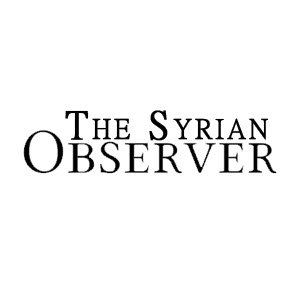Gen. Salim Idriss, the commander of the moderate Free Syrian Army, said in a telephone interview Monday that he’s prepared to join the so-called Geneva 2 peace negotiations scheduled for Jan. 21 if the Syrian regime will agree to confidence-building measures such as a humanitarian relief corridor to besieged areas, according to a Syrian Coalition statement.
Idriss didn’t demand as a precondition that President Bashar al-Assad resign before negotiations begin. Instead, he said, Assad’s departure should come “at the end of negotiations.” This position was echoed by Monzer Akbik, a spokesman for the Syrian Opposition Council, the moderate rebels’ political arm.
Idriss stressed the threat posed by the al-Qaeda affiliate known as the “Islamic State of Iraq and Syria,” or ISIS. He said that the group was “very dangerous for the future of Syria” and that, after Assad’s departure, the Free Syrian Army would be ready to join the regular Syrian army in fighting them.
An intelligence report prepared for the State Department by Idriss’s colleagues paints a frightening picture of the growth of ISIS. According to this document, the group now includes about 5,500 foreign fighters, who “form the main backbone of ISIS in its sensitive operations.”
These foreign jihadists are recruited from their home countries by a network headed by a fighter known as Abu Ahmad al-Iraqi. Once they reach Syria, “the fighters are constantly fitted with explosive vests and threaten all who dare to confront them,” according to the intelligence report. The “most dangerous and barbaric” of these al-Qaeda fighters are about 250 Chechens, based in the suburbs of Aleppo and coordinated by an operative known as Abu Omar al-Chechani, the report says.
Joining this core group of foreign fighters are about 2,000 young ideological recruits, drawn mostly from northern Syria. Another 15,000 fighters support the group “out of fear or greed.” These include fighters from 14 Sunni tribes in the Raqqah area and eight tribes from Deir al-Zour, both in the northeast.
“ISIS employs the policy of kidnapping in the areas in which it is deployed,” warns the intelligence report. The group’s prisons hold more than 35 foreign journalists, 60 Syrian political activists and more than 100 Free Syrian Army fighters. It also controls key areas along the Turkish-Syrian border, where it lies in wait for kidnap victims.
Idriss said the Free Syrian Army is trying to fight a two-front war, battling al-Qaeda fighters at 24 locations over the past six months and fighting Assad’s army. The CIA is said to be training about 200 fighters for Idriss each month, though the commander wouldn’t acknowledge this support. Asked about U.S. tactical advice to stage more “hit and run” guerrilla operations, Idriss said he had advised his recruits “to fight in small groups and hit targets and move — and not try to control the land.”
The two tracks — fighting and negotiating — sound good in principle. But the rebels haven’t been strong enough to make either approach work, and the United States hasn’t been ready to provide the necessary additional firepower. There’s more support now for a political settlement at a Geneva 2 conference, but it’s clear that even if Assad leaves, a second Syrian war against al-Qaeda is ahead.
......


